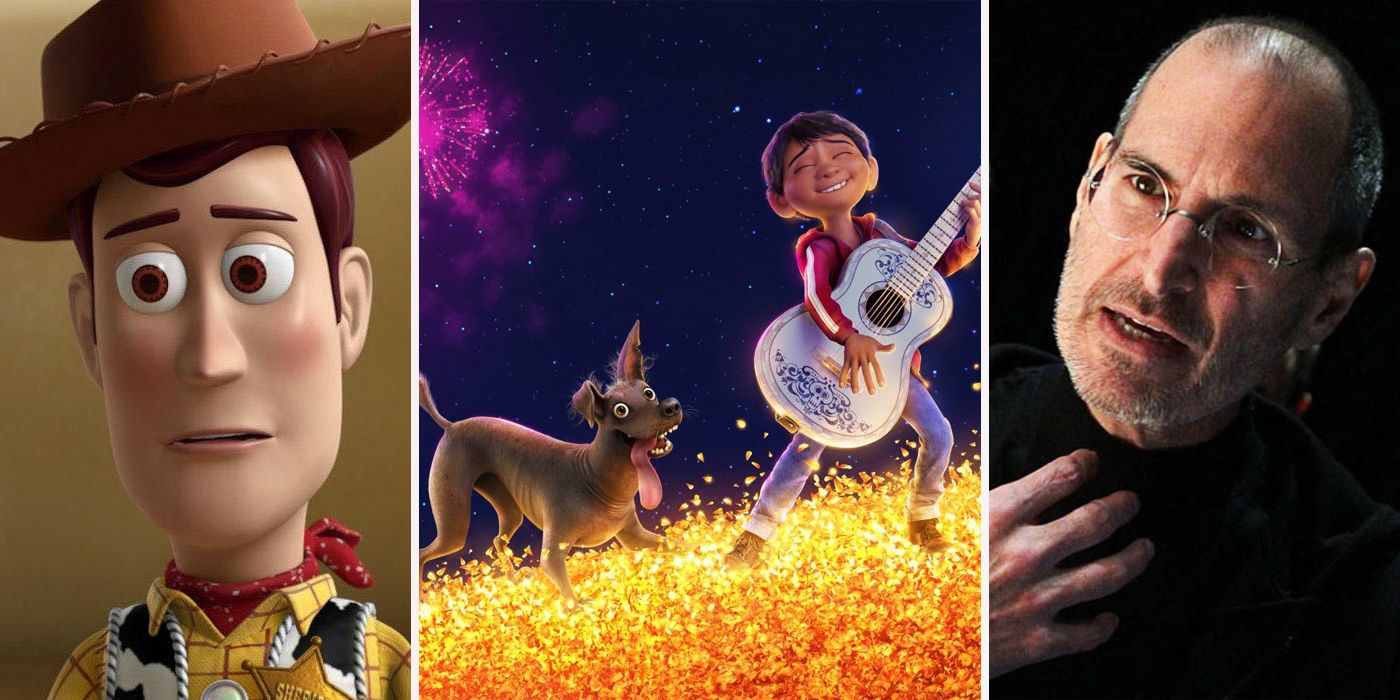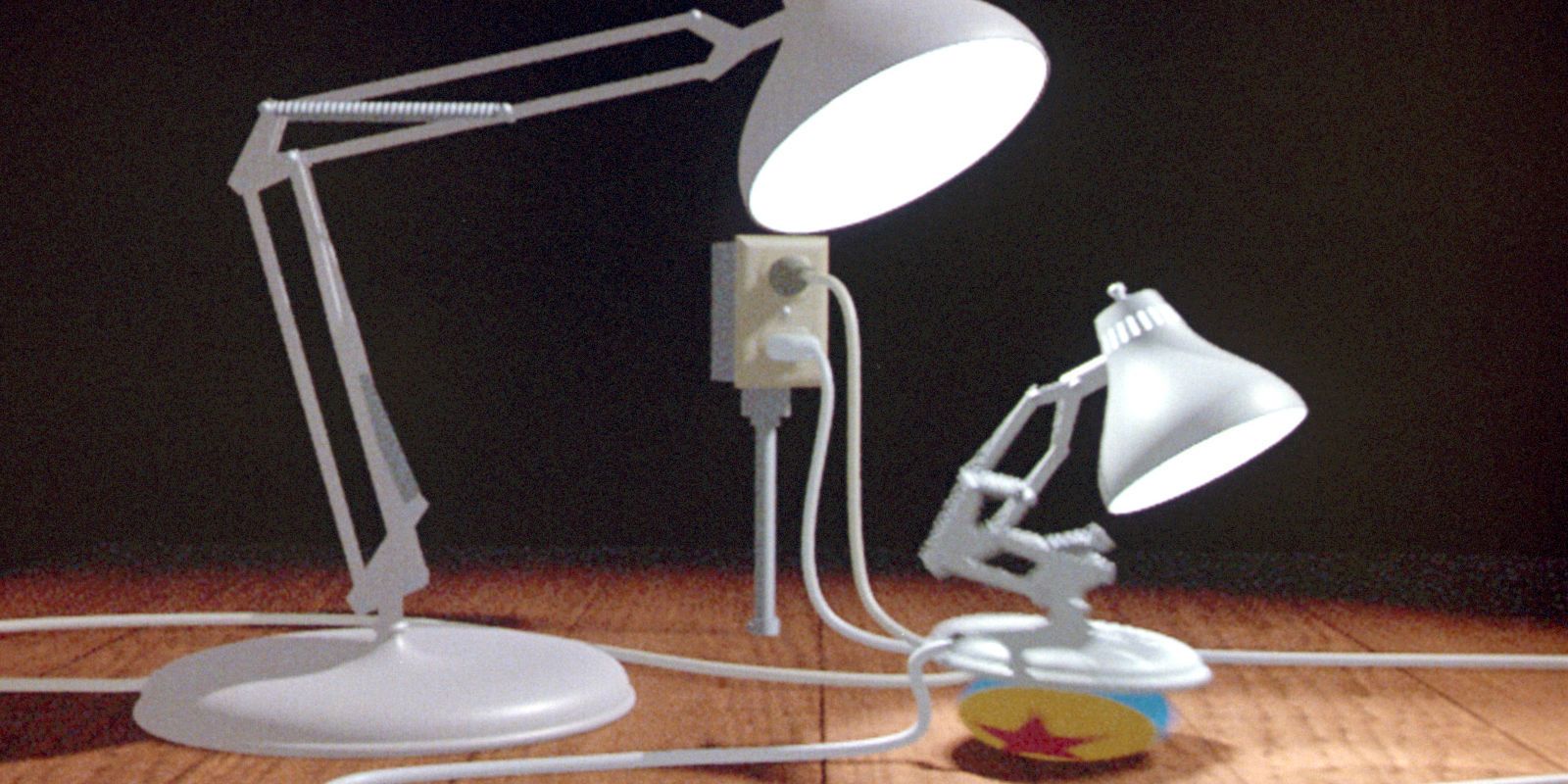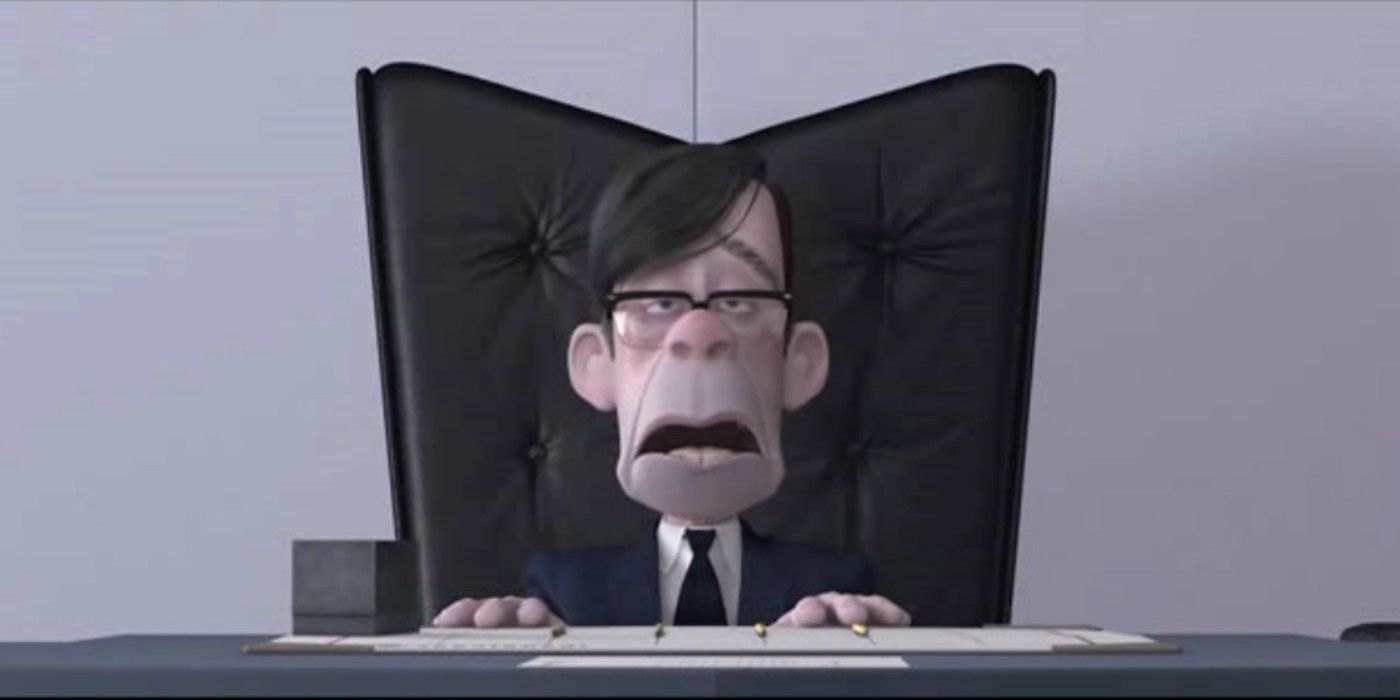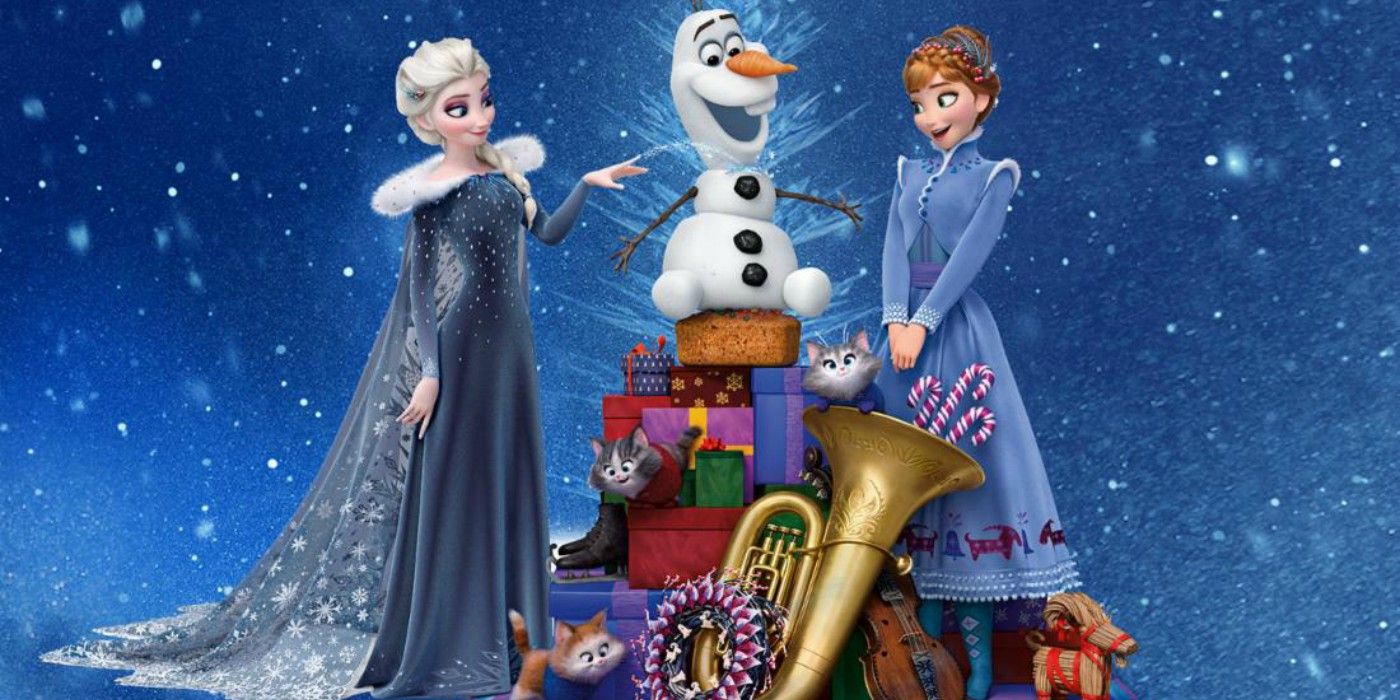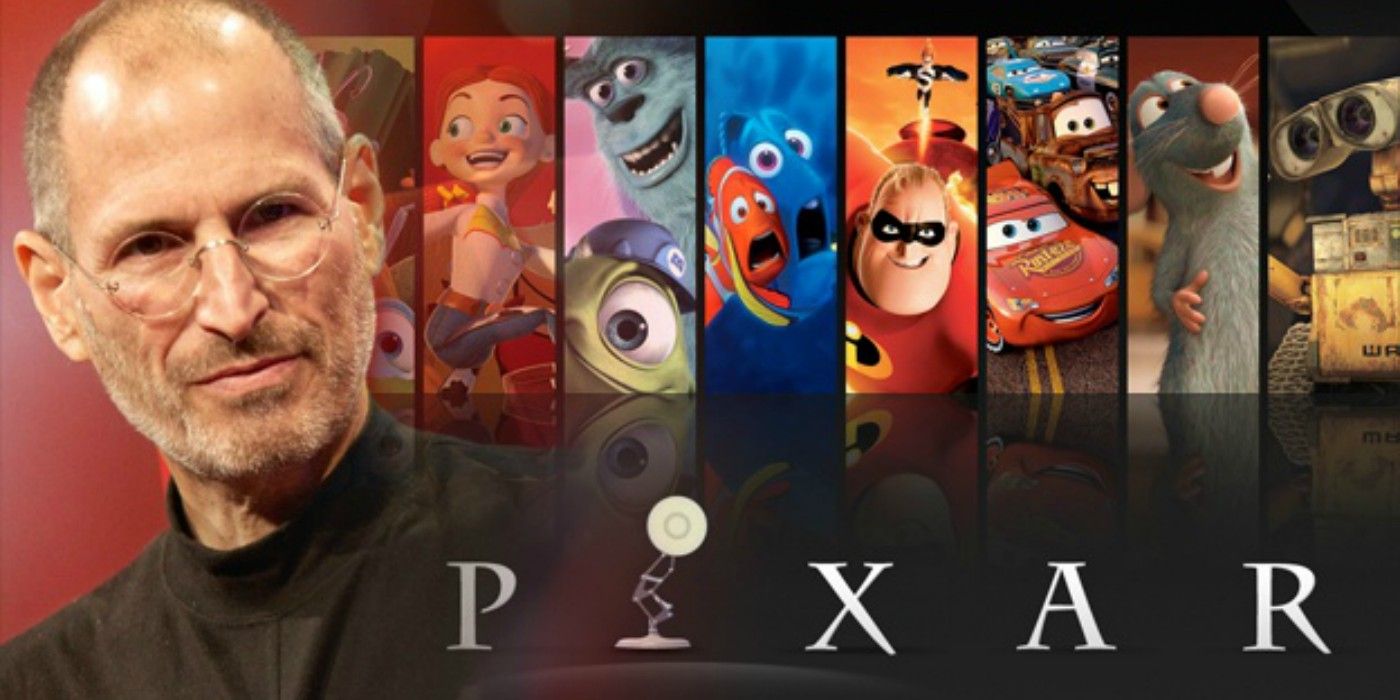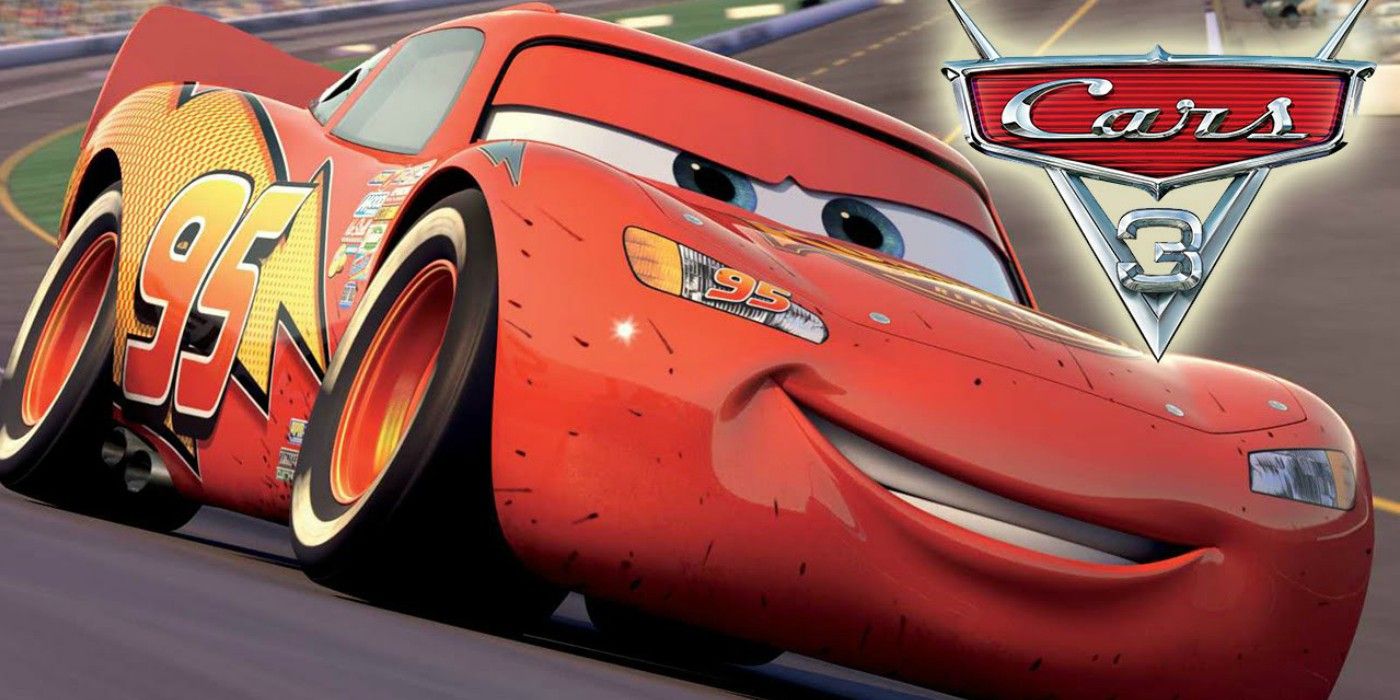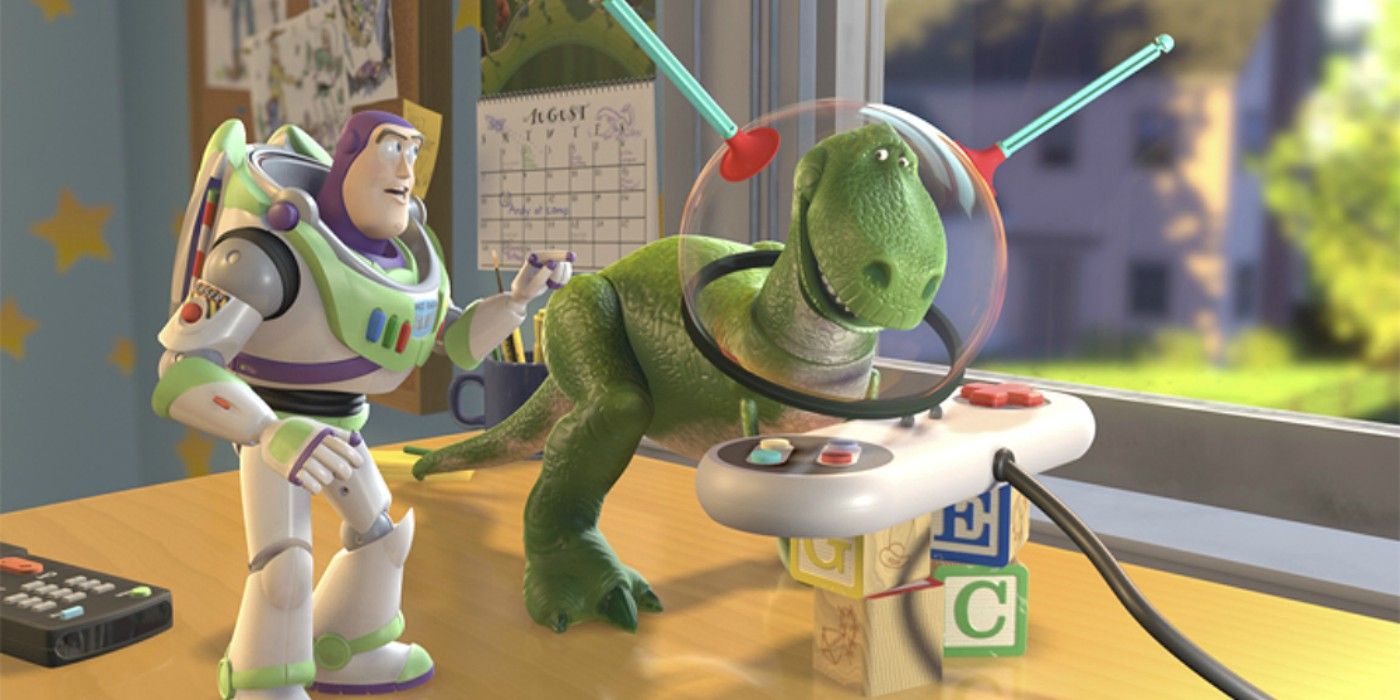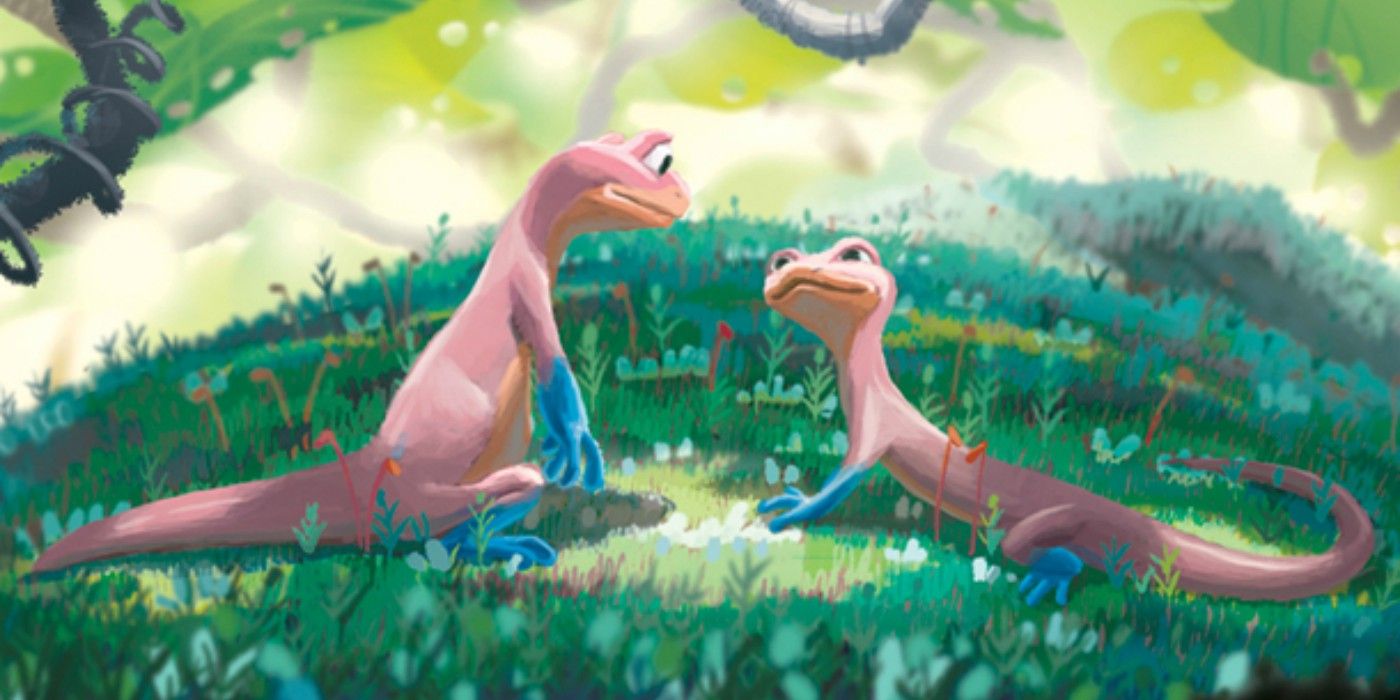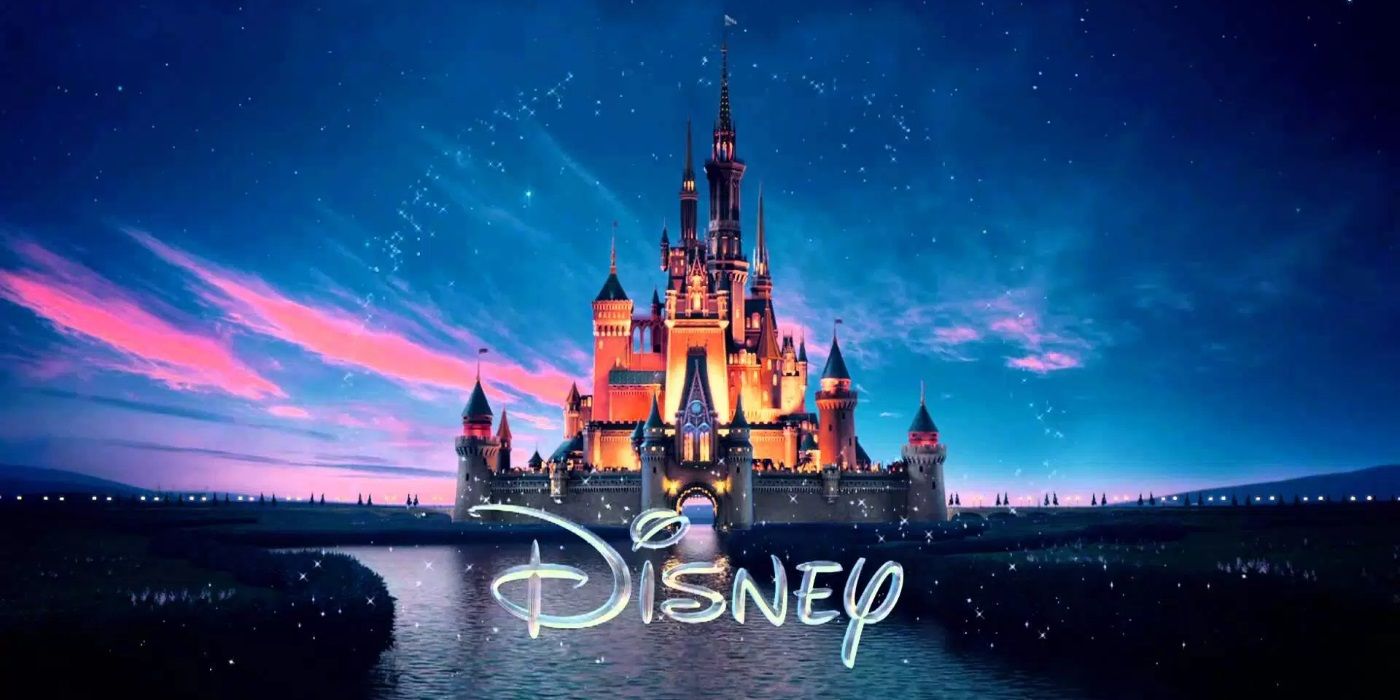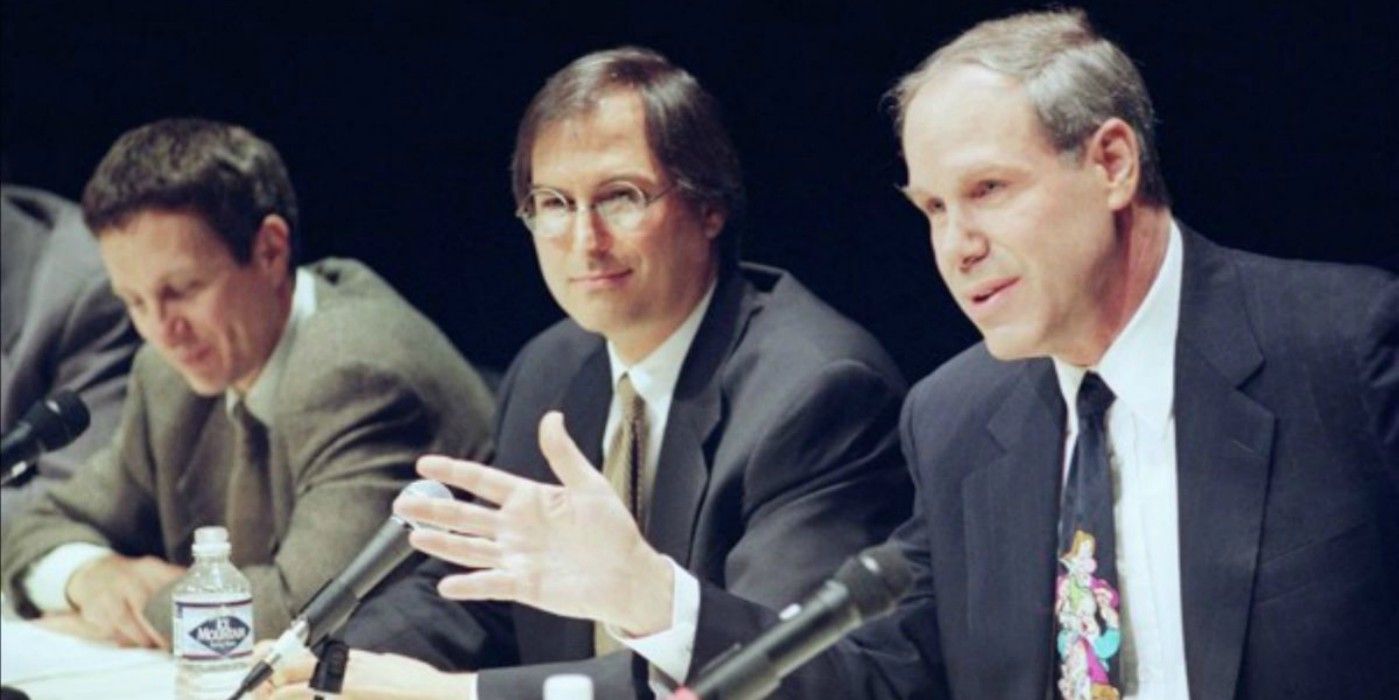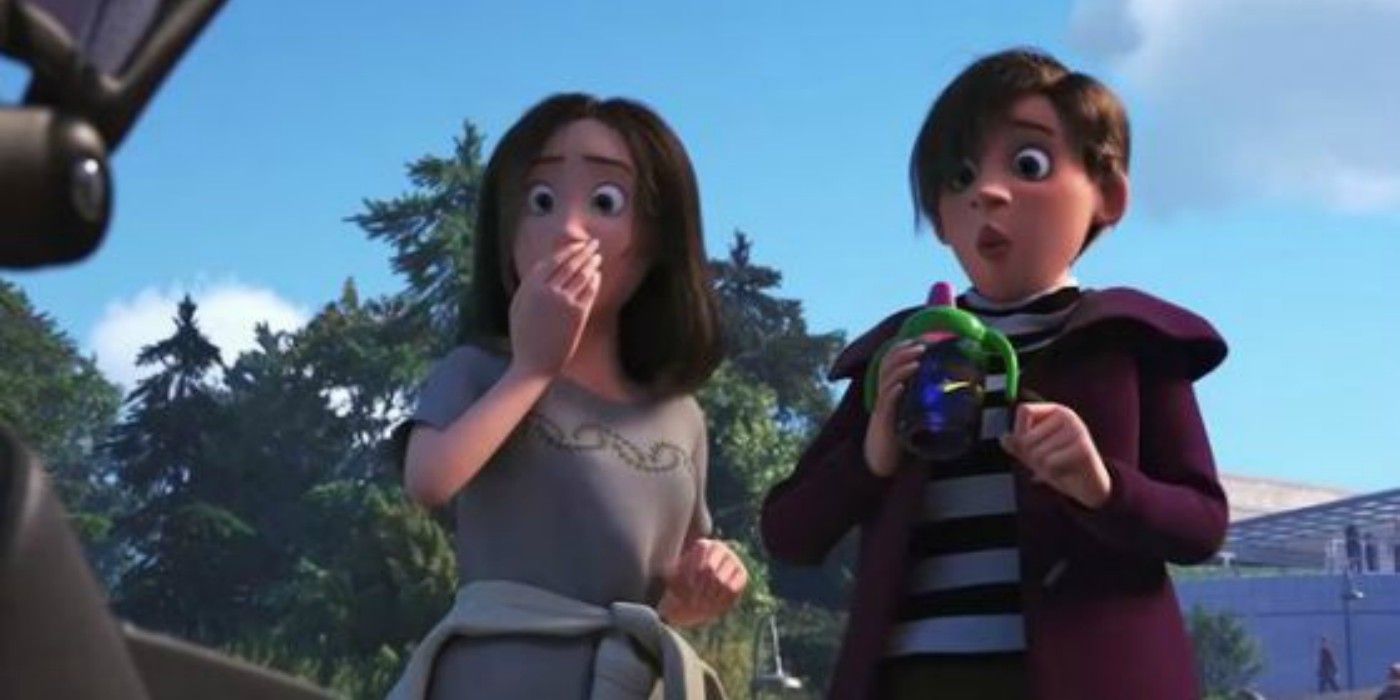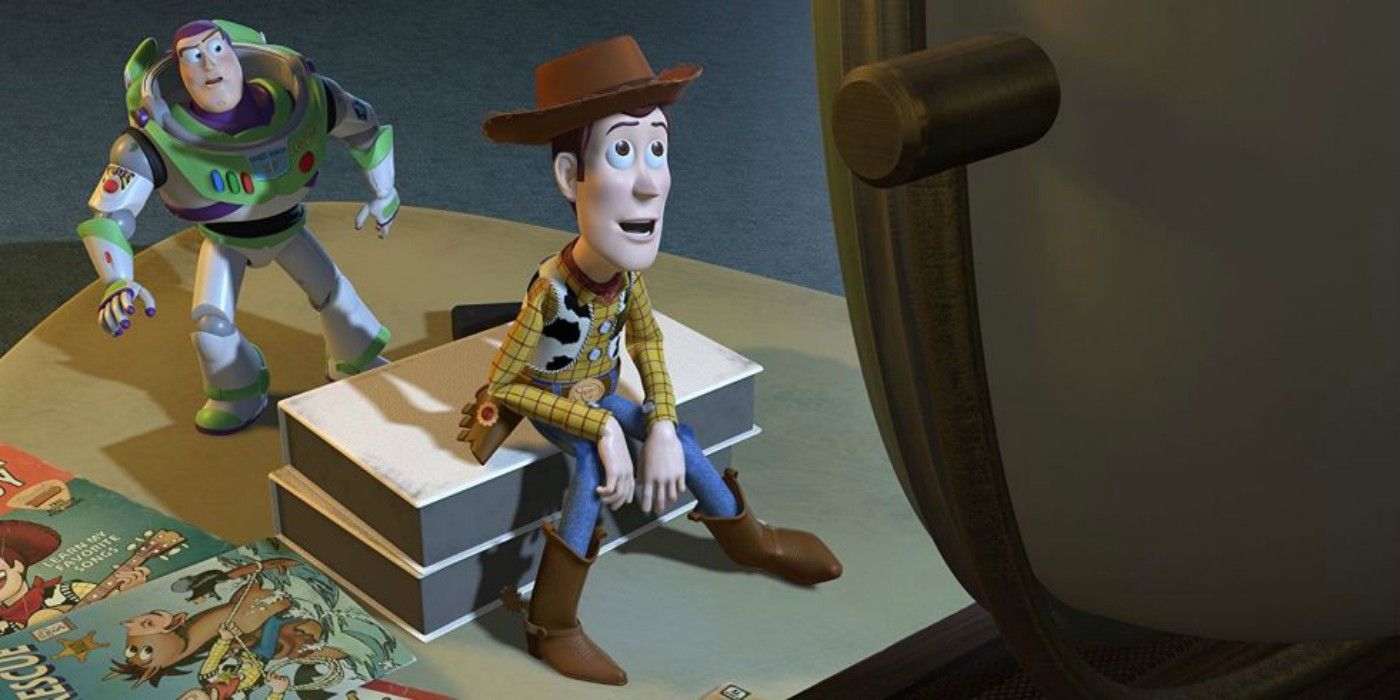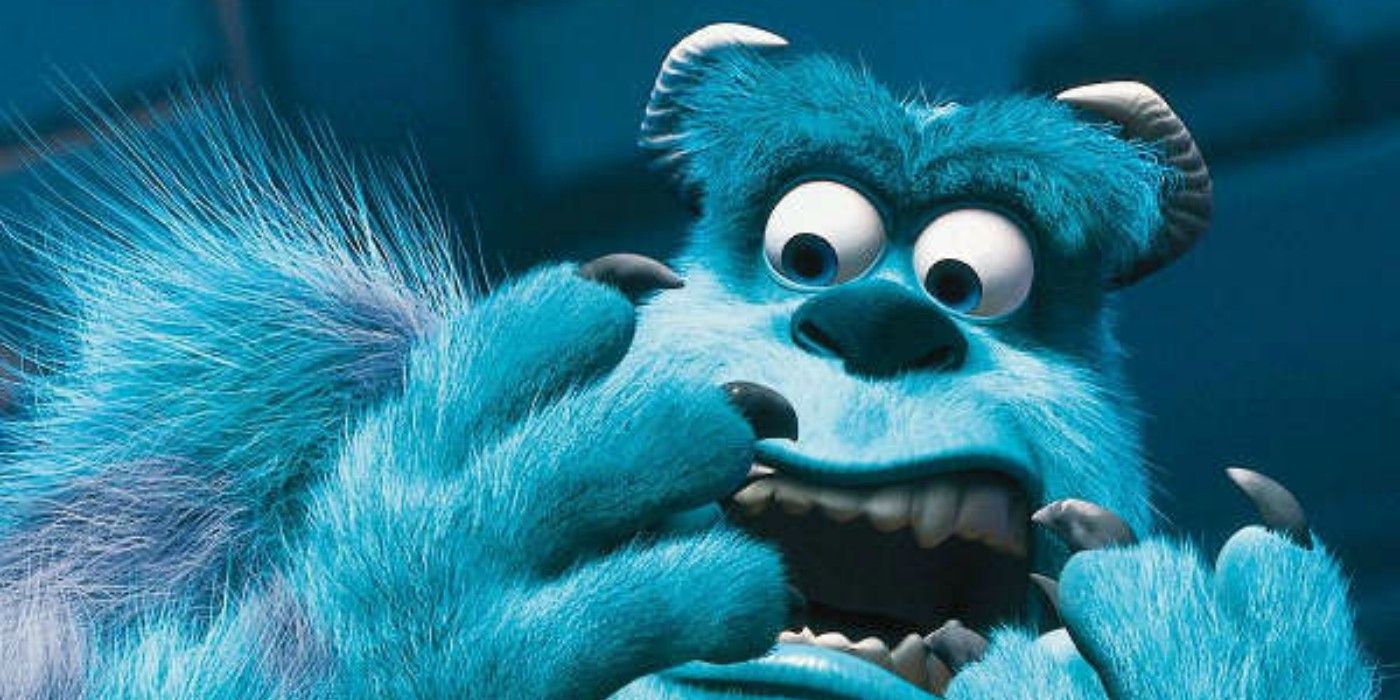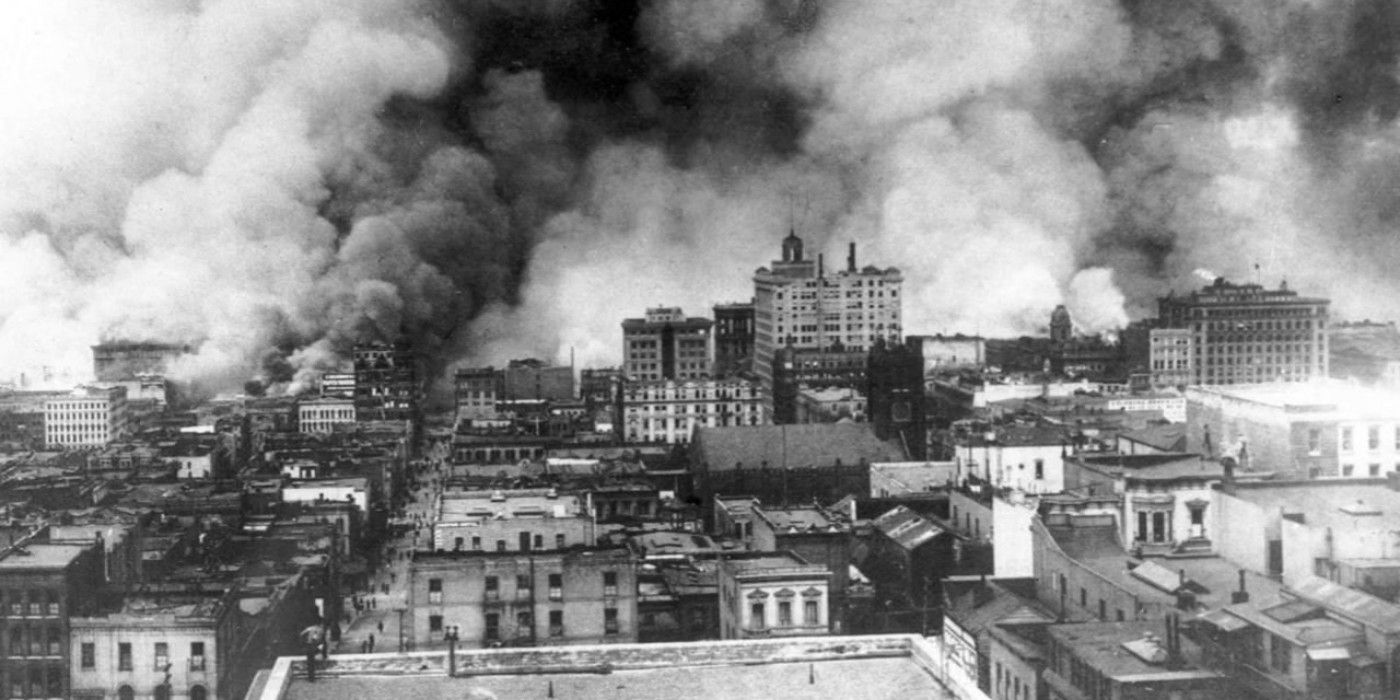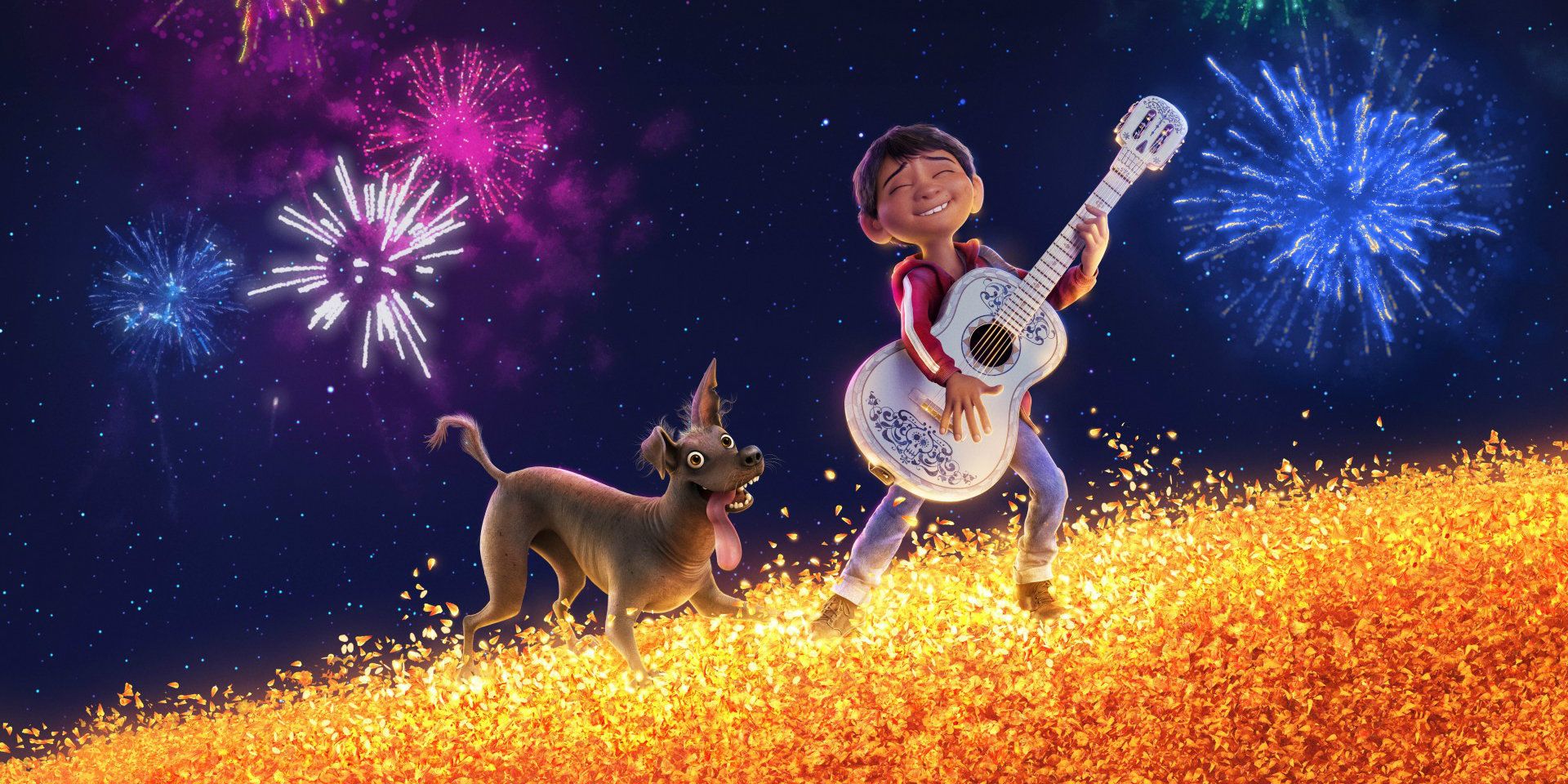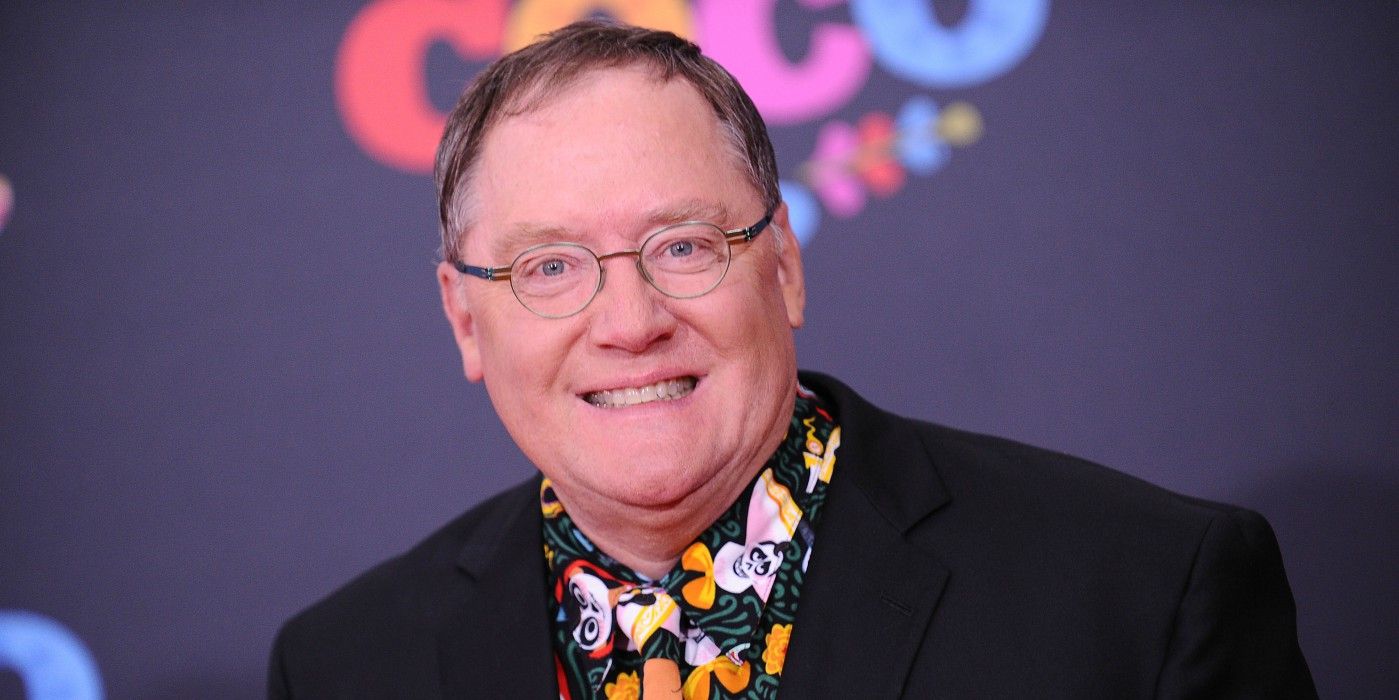Pixar has been at the forefront of American animation for over 20 years. Since 1995’s revolutionary Toy Story, the animation studio has been producing top of the line movies with almost as much consistency as Disney Animation. Seemingly improving its formula every single time, Pixar has produced hit after hit with no sign of slowing down. Pixar has been the driving force behind several animation innovations and elevated the medium of CGI animation beyond anything that was ever thought possible at the time.
Whether it was mastering realistic water effects for Finding Nemo or perfecting the minute design of hair follicles for Monsters Inc, Pixar have proven that there’s pretty much nothing CGI animation can’t do.
Pixar has always been working closely with Disney, but was a separate entity until 2006, when Disney officially acquired the rights to Pixar. Although its films are family friendly and, on the surface, the two companies’ partnership is one of the most mutually beneficial and lucrative in the film industry, it’s not without its bad history, and there were several opportunities for Pixar to come crashing down.
Here are 15 Controversies That Almost Ended Pixar.
Image Computer Flops
After its beginnings in 1979 as the Graphics Group, a subsidiary of Lucasfilm’s computer division, the team formed its own company, Pixar, in 1986. Funded by none other than Steve Jobs, he headed the company until its merger with Disney in 2006.
The Pixar Image Computer was designed to render high resolution digital images as a solution to the technological limitations at the time. Blockbusters were still using green screens, miniatures, and matte paintings, but the Image Computer would be the early stages of replacing all of that with digital content.
John Lasseter, chief creative officer of Pixar, got his start with the Image Computer rendering Luxo Jr, the first CGI animation to be nominated for an Academy Award. However, despite the computer being way ahead of its time, sales were disastrously low, threatening to put Pixar out of business before it had even started.
'90s Layoffs
Although the Image Computer never sold well on the market, Disney Studios recognized the system’s potential and bought it. Custom software written by Pixar was also provided, in order to transfer the difficult task of pen and ink animation to a more automated method.
This began Pixar’s long partnership with Disney, and effectively saved it from a number of potential financial losses.
During this period between the late '80s and early '90s, Steve Jobs came to the company's rescue, investing $50 million into the company to assume full management control.
With this came inevitable cuts. The layoff of 30 employees in the computer hardware department, including Pixar’s president at the time, Chuck Kolstad, was a risky move that reduced the number of workers to 42, practically the number it started with. Luckily, a historic $26 million three-picture deal with Disney was just around the corner.
Olaf's Frozen Adventure
Disney were the masters of 2D animation during the 20th century, but have recently made the switch to 3D. Wreck-It-Ralph, Zootopia, and Moana are all fantastic, but the release of its Disney princess film Frozen has been tainted by criticism of its overplayed song "Let It Go", as well as the irritable snowman Olaf that made Josh Gad a household name.
In addition to heart-warming features, Pixar is known for producing inventive shorts that play before almost all of its films, and often push the boundaries of what animation can do.
However, its most recent release, Coco was tarnished by a twenty minute long semi-sequel to Frozen, starring Josh Gad’s Olaf. With some theater chains forcing their patrons to watch up to half an hour of commercials and trailers before the film, trust in Pixar was challenged when audiences had to wait almost an hour before the main show started.
Steve Jobs Could Have Sold Pixar
After laying off a number of valued employees, Pixar’s success was hinging on the release of Toy Story, the first of its unprecedented three-picture deal with Disney. However, since the company was previously mostly known for commercials and Sesame Street, Pixar continued to lose money throughout the early '90s.
Because of this, Steve Jobs was seriously considering the sale of Pixar, and was circling Hallmark Cards, Microsoft, and Oracle as potential buyers.
It was only when critics predicted Toy Story would be a smash hit and Disney promised them a Christmas release, that Jobs reconsidered.
Toy Story earned a worldwide gross of $373 million, more than ten times its budget of $30 million. The movie was so popular, it cemented Pixar as a cinema mainstay, and the price of Pixar’s shares shot from $22 to $45 in a matter of minutes.
Pixar Never Wanted Sequels
The controversy surrounding Pixar’s sequels, not limited to the arguments between Pixar and Disney during the production of Toy Story 2, have been an ink stain on their near-perfect record. Although Finding Dory, Monsters University, and the Toy Story sequels have been praised, weaker projects such as the Cars trilogy have called into question how passionate Pixar was for releasing unoriginal films.
Evidence of Pixar’s lack of excitement for sequels to their original properties can be found during the abolition of Circle 7. When Disney and Pixar briefly parted ways, Circle 7 went ahead with plans for Toy Story 3 that wouldn’t involve Pixar. However, when the division was dismantled, John Lasseter canceled Toy Story 3 and any other plans for future sequels.
Pixar has released several sequels since, with Toy Story 4 on the way, but it’s clear that this is motivated by Disney’s inclination towards franchising than Pixar’s passion.
Toy Story 2 Was Almost Erased
The contentious deals with Disney wasn’t the only controversy that troubled the production and release of Toy Story 2. A constant source of paranoia for filmmakers working on projects that exist solely in the memory banks of a computer, Toy Story 2 was almost lost forever midway through production.
The former Chief Technical Officer for Pixar, Oren Jacob, revealed that an error caused 90% of the film to be deleted by the computer systems, and was recovered by searching through the backup files. However, with the backups came more problems.
Many errors forced the creators to track down another set of backups with which they could painstakingly restore countless weeks of work.
Somehow, despite the odds stacked against them, Pixar proved to be masters of the craft even under intense pressure, and delivered on the insane hype for the sequel.
Newt's Cancellation
Pixar isn’t usually known for abandoning projects, with a few notable exceptions. One example was a potential collaboration with Henry Selick, the acclaimed director of The Nightmare Before Christmas and Coraline. Selick and Pixar formed a joint venture called Cinderbiter Productions, and began work on their first feature, ShadeMaker. It was eventually canceled in 2012 due to creative differences.
The team’s most infamous cancellation, however, has to be Newt. Announced in 2008, the film would have been sound editor Gary Rydstrom’s directorial debut and Pixar’s fourteenth feature film. The film’s synopsis describes an adventure involving two newts, the last of their species who unfortunately hate each other.
When the film went into production, it was soon discovered that the synopsis was a little too similar to another film.
Rio, a similarly unconventional love story involving two birds of paradise, caused the project to be canned to avoid conflict with Dreamworks animation.
Disney Owned Pixar's Characters And Stories
The problematic release of Toy Story 2 established a troubled relationship between Disney and Pixar that lasted a number of years. Though it made both companies a profit, Pixar was not content with how much Disney was accredited for the release of its films.
Until a new deal was forged, Pixar was solely responsible for the creation and production of its films, while Disney collected 50% of the profits, as well as a 10-15% distribution fee.
The characters, stories, and the right to commission sequels to any of Pixar’s movies were the exclusive property of and at Disney's discretion.
Pixar intended to reclaim full control of their stories and characters, so they endeavored to create a new deal with Disney. Negotiations lasted a full ten months before the deal fell through in 2004, and began another two years of troubled relations between the two partners.
Jobs/Eisner Rivalry
Disagreements between Steve Jobs and Michael Eisner led to a complete breakdown of negotiations in 2004. In order to rival Pixar, Disney founded Circle 7 Animations - a division that lasted less than two years. Unfortunately, it was intended to focus on sequels for Pixar movies as well as creating their own Computer Generated animations, which they eventually no longer felt the need for.
Although the division never produced a single film, Circle 7 was seen as a symbol for the breakdown between Pixar and Disney, derisively nicknamed “Pixaren’t” by its competitors. When executive producer John Lasseter gave the news of the division to a meeting of 800 Pixar employees, he reportedly described it as a squabble between children.
Although there were rumors that Steve Jobs was looking for other partners outside of Disney, they eventually reached amicable terms for a new agreement in 2006.
Finding Dory's Same-Gender Couple
Finding Nemo remains one of Pixar’s most popular films, becoming the highest-grossing G-rated film of all time. Toy Story 3 dethroned it upon its release, but it remains the best-selling DVD release of all time, with over 40 million copies sold. A sequel was highly anticipated and, despite a wait of over 10 years, inevitable.
Finding Dory became one of many films that addressed the growing criticism for Disney’s lack of LGBT representation, and promised to feature a same-gender couple amongst its ensemble cast of characters.
Their inclusion prompted a divisive response.
There were those who considered the characters’ appearance too fleeting to constitute same-gender representation, and those who took offense to their appearance in the first place. The film also resurrected a controversy associated with the original film that, despite tackling an environmental message, fans would buy blue tangs, Dory’s endangered species, as pets.
Toy Story 2 Was Intended To Be Straight-to-Video
After the success of Toy Story, a sequel was inevitable. At that time, Disney was in the practice of commissioning cheaper features that would go straight to a home release. The rare occurrence of a sequel, like The Lion King: Simba’s Pride, garnered somewhat positive reviews, but most are seen as a blight on their original films.
As soon as Toy Story earned Pixar the respect it deserved, Disney immediately ordered a sequel to be made. During its production, it was clear that the story would have to stretch beyond the normal shorter running time of Disney’s lesser sequels, but the animation and writing quality was so good that they couldn't omit a release theatrically. The movie was upgraded to a cinematic release, though Disney initially didn’t want it to count towards the previously signed three-picture deal.
The film was eventually profitable for both companies, but set the stage for a difficult relationship between Disney and Pixar.
Monsters Inc's Animation Problems
After production on Toy Story was complete in 1994, the leading creative forces behind Pixar knew they had a hit on their hands and sat down to discuss more ideas during a lunch that has become a fabled part of Pixar’s history. The concepts for A Bug’s Life, Finding Nemo and Wall-E were all conceived at that table, as well as Monsters Inc.
When the basic idea for a film about monsters was discussed, the animators had no idea how many issues the production team would run into, eventually leading to Pixar rebuilding their software from the ground up.
The vast number of hairs needed for the film’s main character Sully, led to the creation of a whole new rendering department.
A new simulation software Fizt, was built to render textures, such as Sully’s fur and Boo’s shirt, that would react more realistically to the movements of the characters.
The Live-Action Film that never happened
Walt Disney Studios’ first live-action film was 1950’s Treasure Island, thirteen years after its first feature film, Snow White and the Seven Dwarves. Although there were several films before this that combined animation with live-action footage, none of Disney's movies were entirely live-action.
Despite Disney’s focus shifting towards live-action, including remakes of practically all of their animated classics as well as their acquisition of Marvel and Lucasfilm, Disney’s first love will always be with animation, and Pixar is intent on continuing this legacy.
Even though Pixar is content with producing animated delights almost yearly, the company did consider the idea of live-action projects. James Dalessandro’s novel 1906, chronicles the great San Francisco earthquake, and would have been a collaboration between Disney and Pixar for their first live-action film. However, the estimated budget of $200 million for an untested property could have caused disastrous ramifications if the film flopped, so the project was abandoned.
Disney Tried to Trademark "Día De Los Muertos"
Coco surprised absolutely no one with its Best Animated Feature win at this year’s Academy Awards - the obvious choice amongst a lackluster year for animation, as a Pixar feature frequently is. The film gained respect amongst members of the Latino community for accurately and lovingly representing Mexican traditions and culture, as well as being an entertaining musical adventure.
The production of the film wasn’t quite as culturally sensitive, however. Although Pixar avoided criticisms of whitewashing by moving away from its original concept of an American teenager discovering their Mexican heritage, Disney once again ruffled some feathers when it tried to take its copywriting attempts too far.
The film takes place on "Día de los Muertos" (Day of the Dead), and Disney attempted to trademark this phrase for its own purposes.
Naturally, the move was heavily criticized, and the request was removed.
John Lasseter Steps Down
Last year saw an unprecedented shift in Hollywood’s balance of power, as many high-profile men were removed from their positions following a wave of unbecoming allegations. Though many industry professionals such as Harvey Weinstein, were forced from their roles after direct accusations, others opted to step down on their own terms.
Disney Animations Studios head John Lasseter is included in the latter. Lasseter has taken a sixth month leave of absence after his behavior towards members of the Pixar staff was deemed inappropriate. Although he cites uncomfortable hugs in his open apology letter, he has also been accused of grabbing, kissing, and making comments about physical attributes, as well as heavy drinking and bad behavior at Pixar’s social events.
His sabbatical is still in its early stages, but it’s likely that Lasseter’s absence will fundamentally change Pixar for good.
---
What controversies surprised you the most about Pixar? Let us know in the comments.

